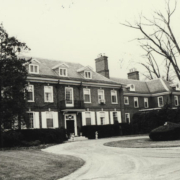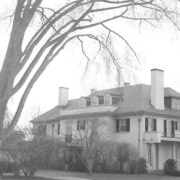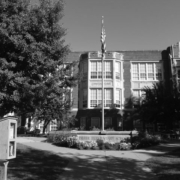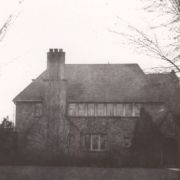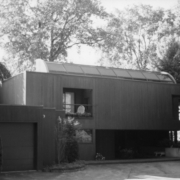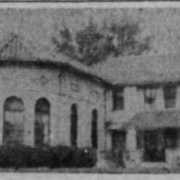Historical Architecture of Grosse Pointe – Neff Park
Last week we visited the “crown jewel” of Grosse Pointe Farms, Pier Park in Grosse Pointe Farms, a beautiful space filled with some of the best amenities in the area. Over the years it has undergone multiple changes, upgrades, and developments to become the centerpiece of the community it is today.
This week we head to Neff Memorial Park, one of the oldest parks in the Grosse Pointe communities. The site was purchased on July 14, 1910. The president at the time was Daniel T. Crowley, the clerk was William G. Diefel, and there were six trustees. In 2010, the residents of Grosse Pointe City celebrated the parks centennial year. To mark the anniversary Norbert P. Neff Park was rededicated to the citizens of the City of Grosse Pointe.
The origins of the land, where Neff Park is located, can be traced back to the late 1800’s. The site was once the location of a popular roadhouse called Joe Michie’s Beach House. Based on information in the book Grosse Pointe 1880-1930, by Madeleine Socia and Suzy Berschback, we understand “Joe Michie’s Beach House, the favorite watering hole for yachtsmen from the Detroit Yacht Club and the Detroit Boat Club, was located in the center of the present-day Neff Park”. In 1890, The Village of Grosse Pointe (as it was known, until 1934, when it became the City of Grosse Pointe) had around 290 residents. Upon the purchase of land to be used for the park (in 1910) one of the earlier structures to be constructed was the gazebo, built in 1912 by local architect Bernard .C. Wetzel & Company. The gazebo was completed in the Art & Crafts architectural style, an extremely popular approach throughout the United States during this era. The emergence of the Arts and Crafts movement in Detroit (and the United States) started to gain momentum towards the end of the 19th century. Already a popular movement in Europe many architects in the US were inspired by the emerging architectural trend. This included several prominent designers in Detroit – William B. Stratton, and Albert Kahn (to name but a few) who were instrumental in spearheading the arts and crafts movement in the city, which staged its first annual arts and crafts exhibition in 1904. Photo courtesy of Katie Doelle.
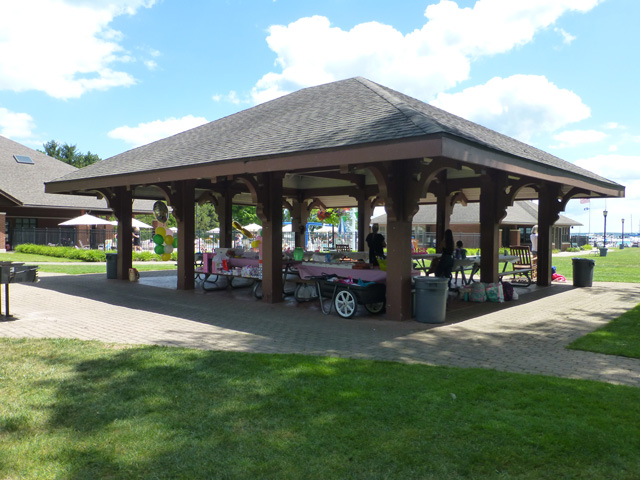
Bernard Wetzel was a self-employed architect and resident of Detroit for over 60 years. During his career he worked throughout Metro Detroit creating both residential and commercial buildings. It appears, aside from the gazebo, the only other project he completed in Grosse Pointe was 203 Lakeland, designed for Daniel T. Crowley, completed in 1915. 203 Lakeland is located on the edge of Lake St. Clair, directly adjacent to the park. Mr. Crowley was also the president of the board who instigated the purchase of the land where the park is located, and had previously had commissioned Wetzel to design he gazebo.
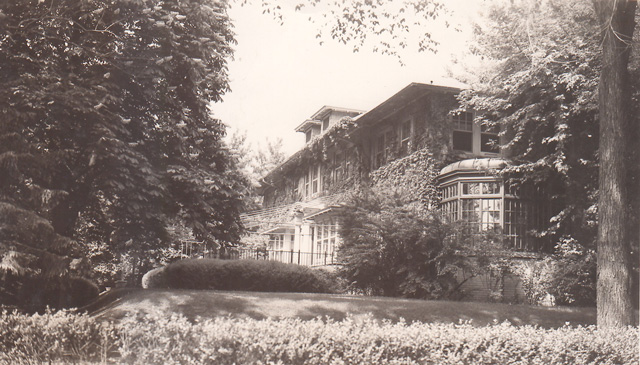
On February 22, 1928, a plaque was located at the entrance to the park “in appreciation of the official action of the men as expressed in their purchase of the site to be used for park purposes, thereby manifesting their timely interest in the welfare of the people of the village of Grosse Pointe”. Photo courtesy of Katie Doelle

In 1954, work began on the new pier at the lakefront park. It was reported in the Grosse Pointe News (March 1954) “the work was being rushed to make all facilities available to the residents as quickly as possible”. “The wading pool for younger children was completed, and the park will be officially opened for limited activity on July 3, 1954”.
In February 1960, the city voted to name the park Neff Memorial Park after Norbert P. Neff (born in May 1895), a village and city clerk since 1921. “Mr. Neff served the city, and its predecessor, the Village of Grosse Pointe Park, for 39 years”. “He was by far, the oldest (in point of service) public official in any of the five Pointes”. Source: Grosse Pointe News (February 1960). Norbert P. Neff was widely known as “Mr. Grosse Pointe”, recognized as a symbol of the Grosse Pointe community and its history. The Park was named for him just four months before his death in August 1960. A plaque was placed at the entrance to the park “for all persons entering or leaving the park to be reminded of their indebtedness to him”. Source: Grosse Pointe News (February 1960).
In May 1960, the City Park committee “recommended $165,000 (around $1.6m today) be spent on improvements at Neff Park”. “The summer improvements consisted of a new swimming pool (with all the necessary equipment), alterations to the bath house, resurfacing of the parking area, and the construction of 100 new boat moorings”. “The winter improvements, an additional $85,000, would take the form of alterations to the wading pool to convert it into an artificial ice rink, with 15,000 square feet of ice surface”. Source: Grosse Pointe News (May 1960). Photos courtesy of Katie Doelle
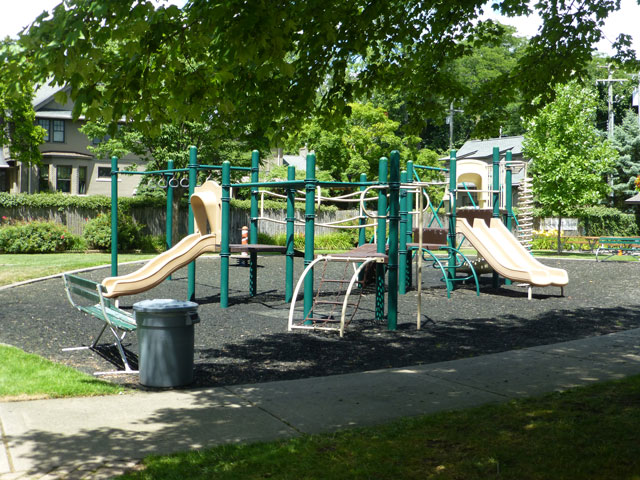

Neff Park is unique in many ways – unlike most other parks in Grosse Pointe the two roads that run parallel to the park (Rathbone Place and Lakeland St), the homes that back onto the park can access the park through their own private gates. The Park is also the location of the headquarters for the Grosse Pointe Boat Club (founded in 1959). Interestingly, Neff Park has had a long-standing rule in its bylaws – ‘no food or beverage shall be sold in the Neff Park premises, except as otherwise provided’. Hence the reason for no concession stand at the park. Photos courtesy of Katie Doelle.

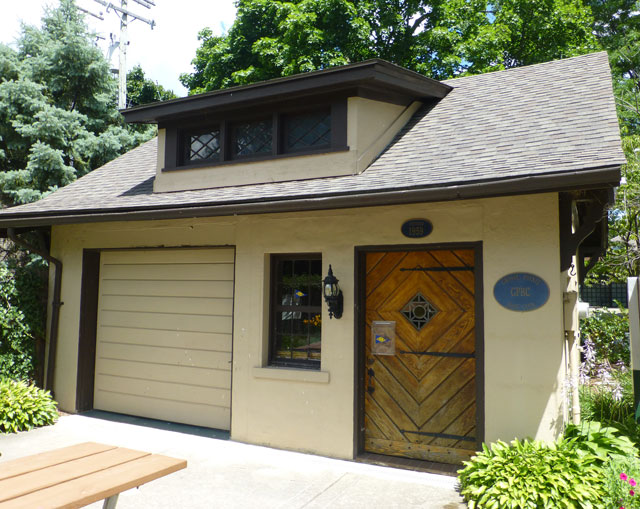
The story of Neff Park is an historic one. From the original location of a prominent “watering hole”, to being named in honor of “Mr. Grosse Pointe”, Norbert P. Neff, who was recognized as a symbol of the Grosse Pointe community and its history. Neff Park is a beautiful space and holds a pivotal role in the history of Grosse Pointe’s parks.
*Photos courtesy of the Higbie Maxon Agney archives unless stated.
** Research, information, and data sources are deemed reliable, but accuracy cannot be fully guaranteed.
Written by Katie Doelle
Copyright © 2022 Katie Doelle


